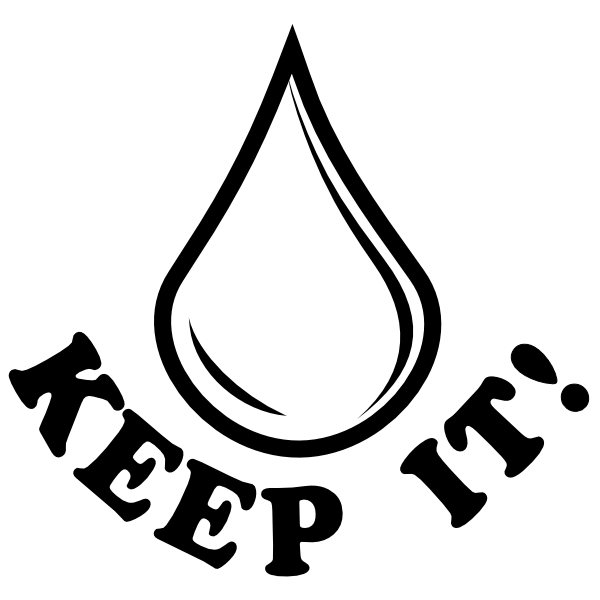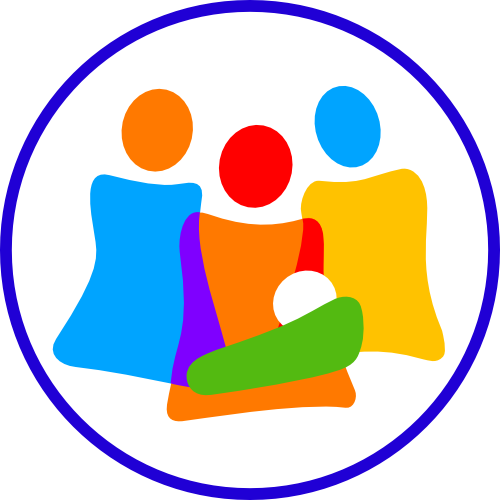December 2023
Sexually Transmitted Infections (STIs)
Breastfeeding, chestfeeding, or feeding an infant or child expressed human milk does not generally need to be interrupted due to a lactating parent’s diagnosis with an STI. Antibiotics and antivirals used to treat STIs are generally considered safe during lactation and are not extensively reviewed in this article. Please see the articles on Antibacterial Agents and Antiviral Agents for more information on commonly used medications.
For more detailed information and references on specific medications, please refer to LactMed, e-lactancia, Infant Risk, or Mother to Baby.
Chlamydia
Chlamydia is caused by Chlamydia trachomatis and is transmitted through vaginal, oral, or anal sex. It is not transmitted through breastmilk or direct feeding so there is no indication to disrupt lactation.1 There is no absolute indication to pump and dump.
Gonorrhea
Gonorrhea is caused by Neisseria gonorrhoeae and is transmitted through vaginal, oral, or anal sex. It is not transmitted through breastmilk or direct feeding so there is no indication to disrupt lactation.1 There is no absolute indication to pump and dump.
Human Papillomavirus (HPV)
Human papillomavirus is transmitted through skin-to-skin contact during sexual activity. There is no evidence to suggest transfer to infants through breastmilk.2–4 There is no absolute indication to pump and dump.
Trichomoniasis
Trichomoniasis is caused by Trichomonas vaginalis and is transmitted through vaginal, oral, or anal sex. It is not transmitted through breastmilk or direct feeding so there is no indication to disrupt lactation.1 There is no absolute indication to pump and dump.
Trichomoniasis is commonly treated with oral metronidazole. While the relative infant dose is >10%, metronidazole is commonly used for treatment of infants and at higher therapeutic doses than what is transferred into breastmilk.5,6 While parents should be engaged in shared decision making if oral metronidazole is used, there is no absolute indication to pump and dump. For more information on the use of metronidazole during lactation, see the article on Antibacterial Agents.
Syphilis
Syphilis is caused by Treponema pallidum and is transmitted through contact with a chancre (syphilitic sore). Direct feeding and feeding of expressed milk are safe assuming that the infant or pumping equipment do not come into contact with chancres. If there are chancres on the nipple or areola, milk should be expressed to maintain lactation and pumped milk should be discarded. Lactating parents should practice strict hand washing and contact precautions. It is important to keep sores covered to prevent infant exposure.1 While milk should be pumped and discarded if chancres are present on the nipple areolar complex, there is no absolute indication to pump and dump for a lactating parent with chancres in other locations.
Herpes Simplex Virus (HSV)
If Herpes Simplex Virus (HSV) lesions are present on the nipple areolar complex or breast, milk should be expressed and discarded from the affected breast(s) until the lesions are crusted over. Lactating parents should use contact precautions to ensure that infants are not exposed to the lesions. While milk should be pumped and discarded if HSV lesions are present on the nipple areolar complex, there is no absolute indication to pump and dump for a lactating parent with HSV lesions in other locations. For more information, see the article about Herpes Simplex Virus.
Human Immunodeficiency Virus (HIV)
Lactation and breastfeeding in HIV positive lactating parents is discussed separately. For more information on HIV in lactation, please see the article on HIV.
Other Infections
HTLV I/II, Hepatitis B, and Hepatitis C can be spread in various ways, including through sexual contact. For information on HTLV I/II, Hepatitis B, and Hepatitis C, please see the main articles on these infections.
References
(1) Sexually Transmitted Infections, Pregnancy, and Breastfeeding | Office of Research on Women’s Health. https://orwh.od.nih.gov/research/maternal-morbidity-and-mortality/information-for-women/sexually-transmitted-infections (accessed 2023-12-01).
(2) Louvanto, K.; Sarkola, M.; Rintala, M.; Syrjänen, K.; Grenman, S.; Syrjänen, S. Breast Milk Is a Potential Vehicle for Human Papillomavirus Transmission to Oral Mucosa of the Spouse. Pediatr Infect Dis J 2017, 36 (7), 627–630. https://doi.org/10.1097/INF.0000000000001546.
3) Mammas, I. N.; Spandidos, D. A. No Evidence of Mother-to-Infant Transmission of Human Papilloma Virus via Human Breast Milk. Pediatr Infect Dis J 2010, 29 (1), 93. https://doi.org/10.1097/INF.0b013e3181c2a1eb.
(4) Sarkola, M.; Rintala, M.; Grénman, S.; Syrjänen, S. Human Papillomavirus DNA Detected in Breast Milk. Pediatr Infect Dis J 2008, 27 (6), 557–558. https://doi.org/10.1097/INF.0b013e318169ef47.
(5) Metronidazole. In Drugs and Lactation Database. National Institute of Child Health and Human Development: Bethesda (MD), 2006.
(6) APILAM. Metronidazole: Level of risk for breastfeeding according to e-lactancia.org. e-lactancia.org. http://www.e-lactancia.org/breastfeeding/metronidazole/product/ (accessed 2023-12-01).

